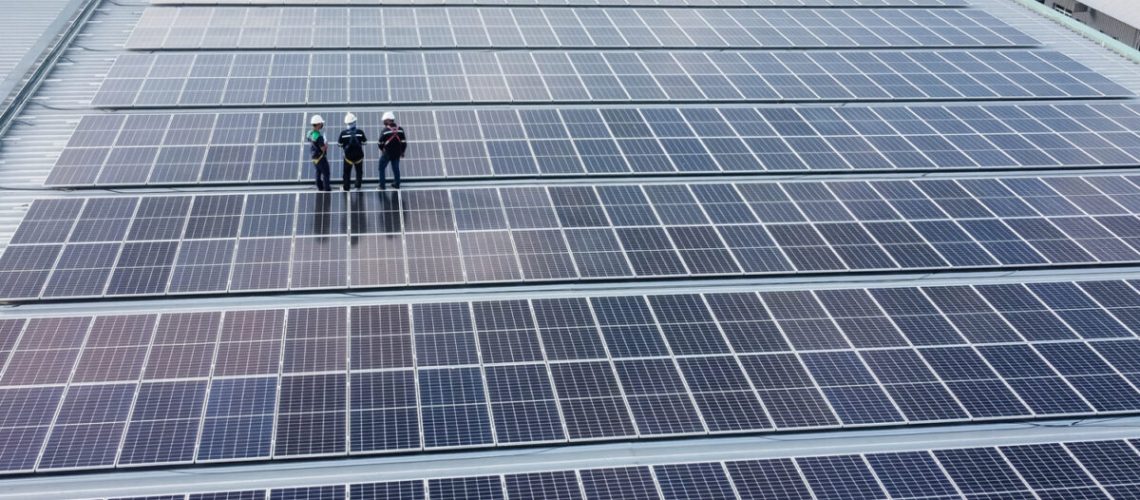U.S. solar deployment is set for takeoff over the next two years, with the full effect from the Inflation Reduction Act being noticed by 2025, said the International Energy Agency.
The U.S. solar industry is set to right the ship after a bumpy ride in 2022, a year in which supply chain constraints and trade law enforcement challenged the nation’s supply of solar components to serve a healthy project flow.
After receding 15% in 2022, solar deployment in the U.S. is expected to grow 40% this year, and by 2024, it is expected to reach 30 GW per year, or roughly 50% higher than 2022 totals. This vision of an industry recharged by supply improvements and the Inflation Reduction Act (IRA) was shared by the International Energy Agency (IEA) in its annual Renewable Energy Market Update.
Solar remains the number one source of global renewable capacity expansion in 2023, accounting for 65% of growth. Distributed applications, including residential and commercial systems, account for almost half of global PV expansion.
Electricity generation costs for solar are expected to decline by 2024 but will likely remain about 10% to 15% above pre-Covid levels in markets outside China, said IEA. Regardless of this increase, solar PV and onshore wind remain the lowest cost options for new generation in most countries.
Today, PV assets can provide electricity at prices 30% to 50% lower than those of future power contracts in most key markets, increasing renewables’ attractiveness for investors, said IEA.
IEA adds that market-driven procurement will contribute roughly one-fifth of PV expansion over the next two years, largely driven by corporate power purchase agreements. Globally, almost 60% of utility-scale projects will be developed under policies with administratively set remuneration policies such as fixed tariffs, premiums, and utility-owned projects, said the report.
“Despite challenges from volatile commodity prices, higher interest rates, supply chain constraints and trade measures, the renewable energy industry has shown financial resilience overall,” said IEA.
Global manufacturing is growing rapidly to meet this ramp up in projects, and IEA projects that production capacity may reach 1 TW annually by the end of 2024. This component supply is sufficient to meet annual demand in IEA’s Net Zero Emissions by 2050 Scenario.
PV manufacturing project announcements in the U.S. have doubled since December, indicating that supply chains are diversifying in the medium term.
U.S. distributed solar additions are expected to hold strong, contributing about 8 GW to the 2024 total. Distributed generation offers numerous benefits in alleviating transmission requirements, offering resilient and flexible power, and potentially offering more financial benefits at the community level.
IEA notes there are two major policy changes that may counteract each other in the U.S. distributed generation space. One, the net metering ratemaking changes in California are expected to push installations downward for a time, while the incentives for community solar and economic adders in 2023 may make commercial PV more attractive to customers.
The report said IRA incentives and credits are a “game-changer,” but this change will become evident in 2025. Under the act, PV projects will once again be eligible for the Production Tax Credit if construction begins before 2025, offering an alternative for new capacity additions on top of those spurred by the Investment Tax Credit.
Globally, renewable energy installations are expected to reach 4.5 TW by the end of 2024, equal to the total power capacity of the U.S. and China combined. Annual installations could reach as high as 550 GW in IEA’s accelerated pace, pending improvements in timely permitting and grid interconnection processes. While solar is expected to rise sharply, IEA said global onshore wind additions may pull back 5% in 2024.



